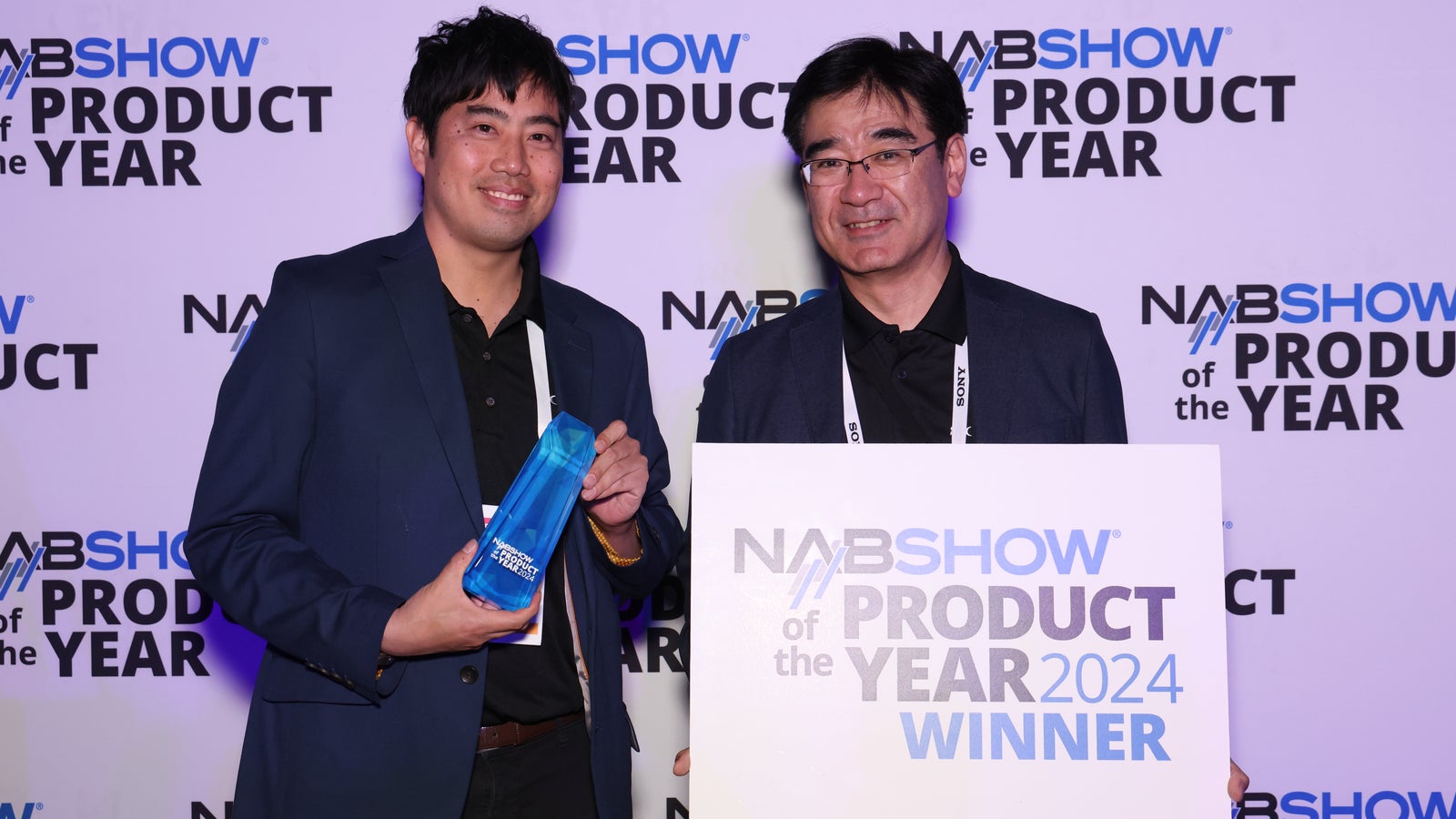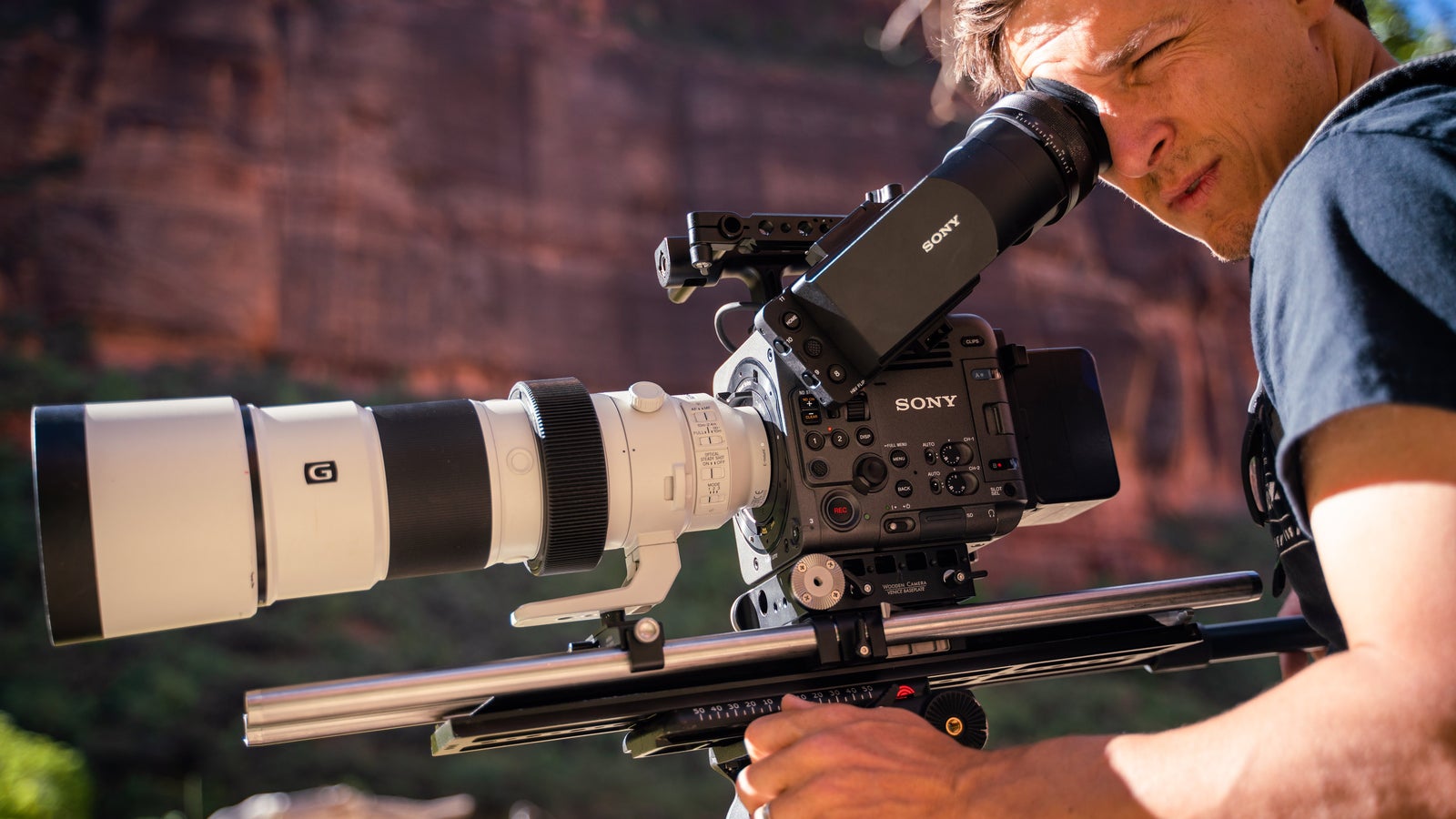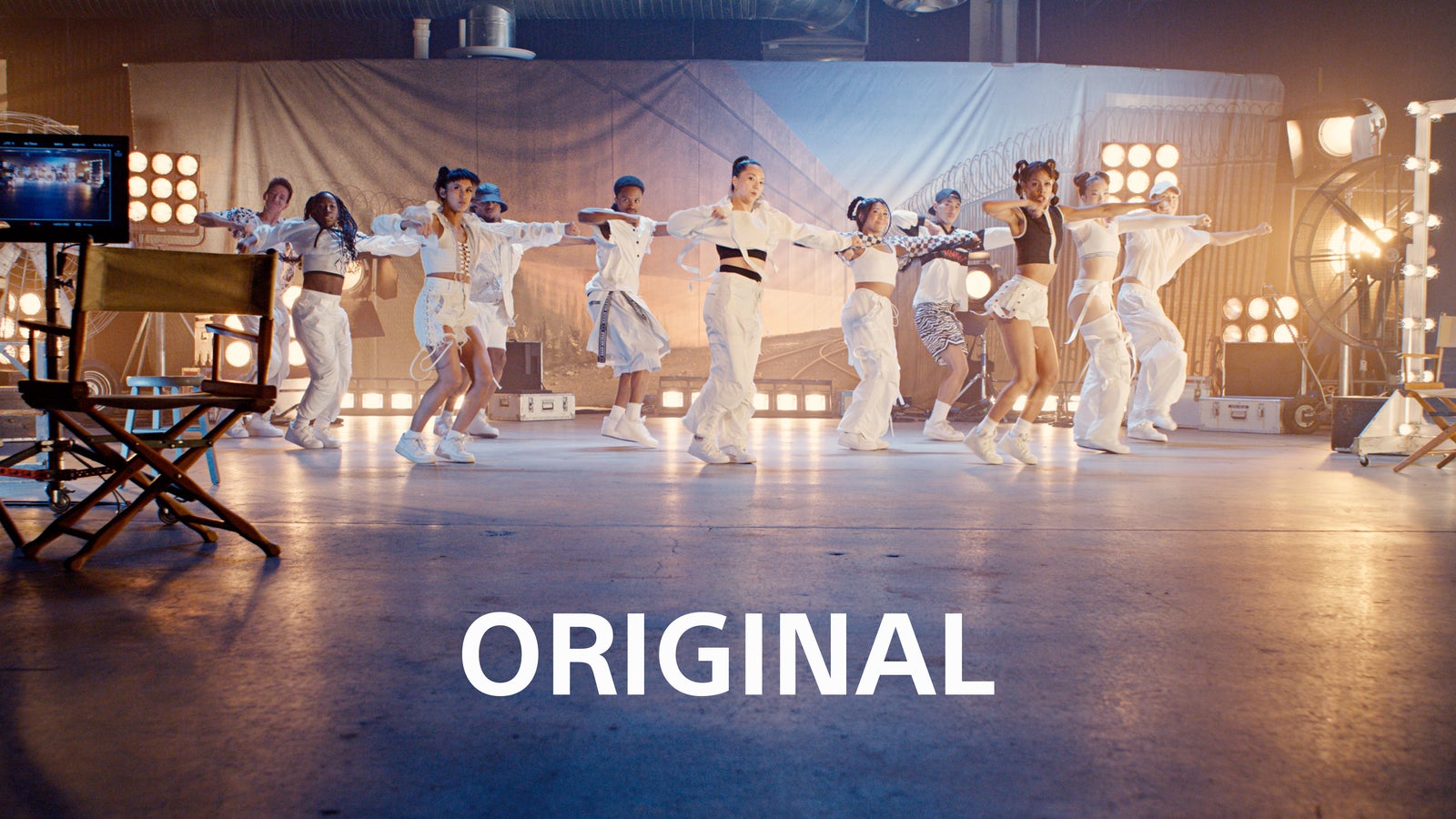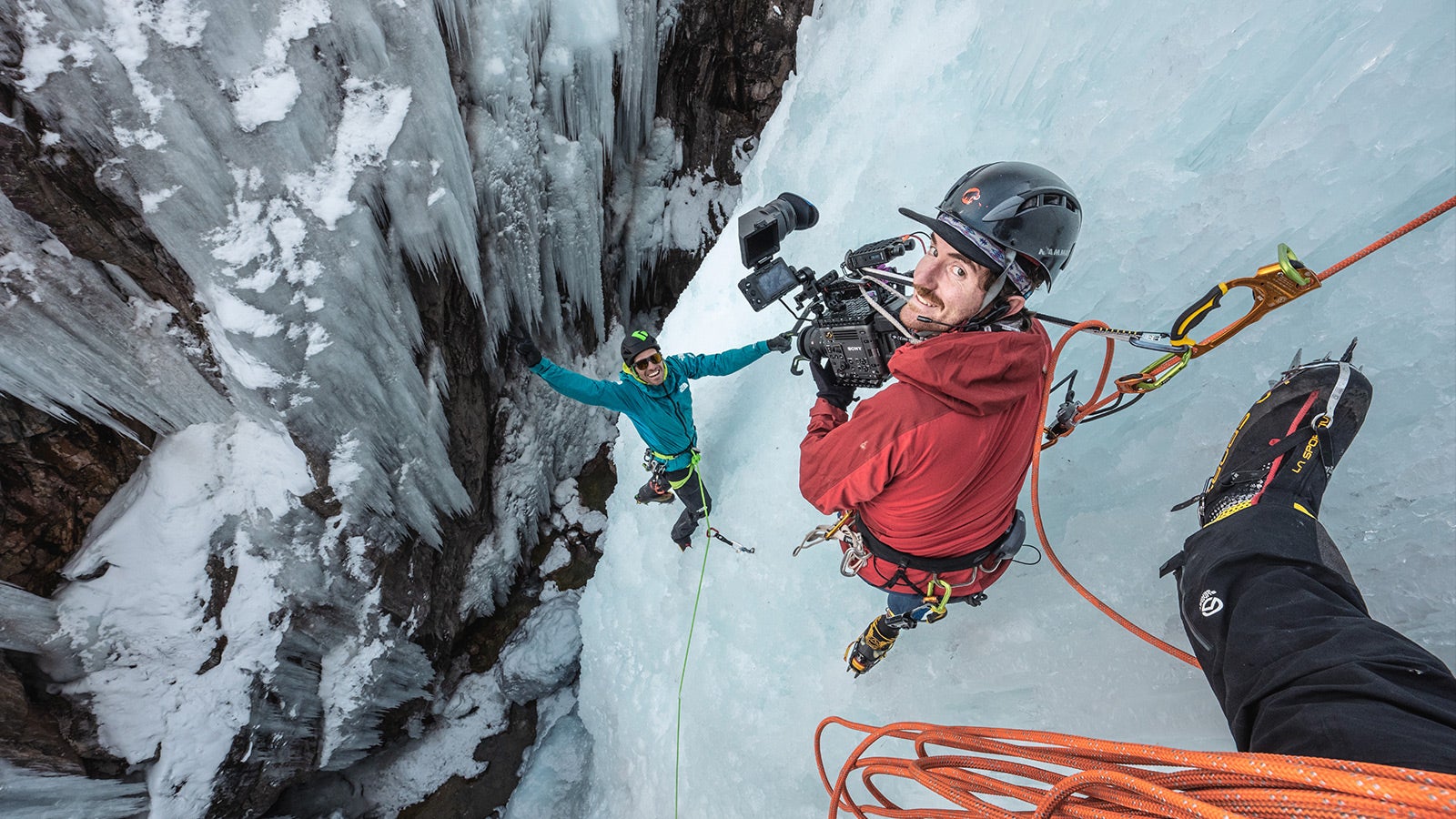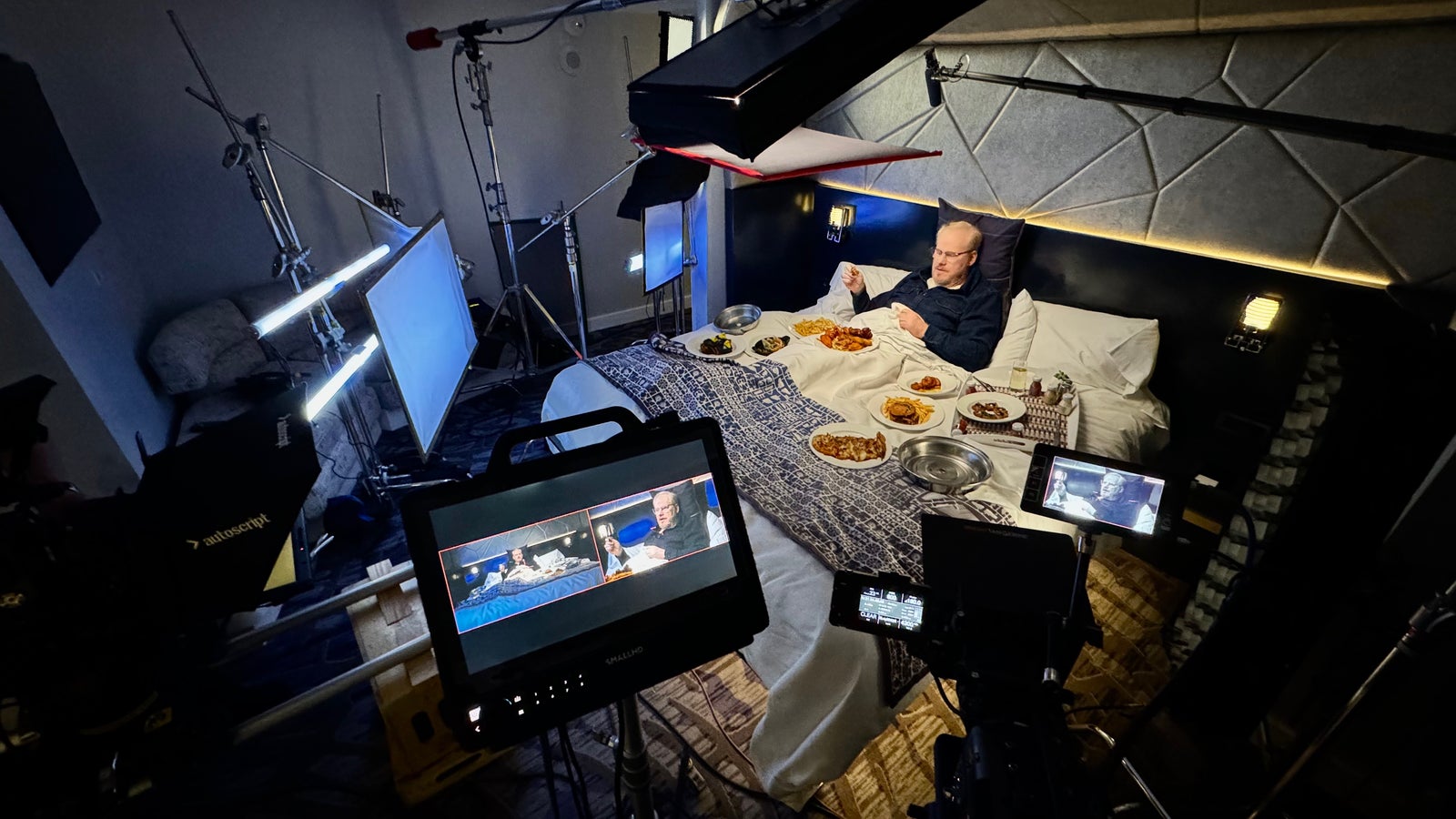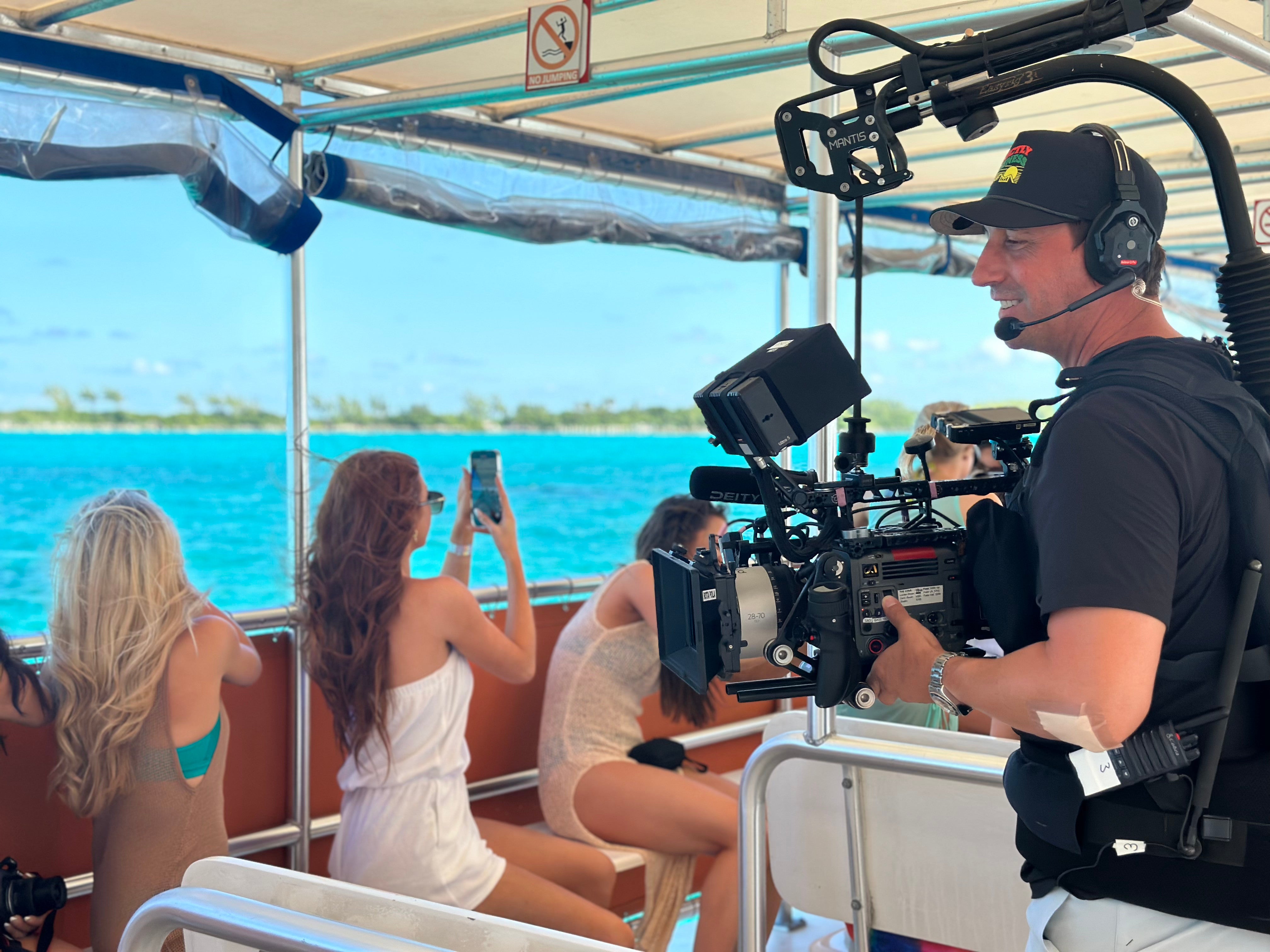
11-04-2024 - Filmmaker Interviews
Wrestlers DP on how he uses the Sony BURANO to tell human stories
By: Yaroslav Altunin
Between the FX line, the Sony BURANO, and the VENICE camera system, documentary filmmakers have leaned heavily on the Sony ecosystem. From diving in the Galapagos Islands with tiger sharks, to getting close and personal with entertainers in the wrestling ring, there is a Sony camera to fit any niche.
This is why DP Jonathan Nicholas has chosen to stay in the Sony family and continue his documentary work with the BURANO—to swim with sharks and dodge wrestlers-to-be.
As the cinematographer behind the Netflix series Wrestlers and American's Sweethearts: Dallas Cowboys Cheerleaders, Nicholas has used everything from the FX3 to the Sony VENICE 2.
We sat down with the creative to uncover more about his work, how tiger sharks shaped his career, and how the BURANO helps Nicholas bring the world of portraiture to reality TV.
DP Jonathan Nicholas: On Filming All Around the World
A camera is only a tool. It can do wonders in the right hands, but without experience, it can fail to produce the imagery we crave to see. Seeing the work that Nicholas has done with his latest projects, I had to know how he honed his eye for composition and storytelling.
"I found my way into the doc world, starting in reality, and then hooked up with a really good company that did more history-based international stuff and travel stuff," Nicholas said. "I got to travel the world for a long-time doing History Channel shows, doc shows, turning to NatGeo shows, and it just kind of snowballed."
"And doc, for me, is really exciting because you constantly have to be on your feet. You have a lot more responsibility as a storyteller."
Narrative films are an act of creation where an idea sparks a story. With documentaries, it's about the act of discovery. While docs are sometimes planned and even written, their creation is all about uncovering moments, not fabricating them.
And training for that type of cinematography can take time.
"You have to be a very big observer to notice what's happening around you and to make sure you're capturing the story that needs to be told," Nicholas explained. "And that's a little bit of a high for me. I think it's one of the hardest things to do.”
"I still do narrative stuff, but I can never imagine giving up documentary. It's made me, as a DP, better no matter what realm I'm in."
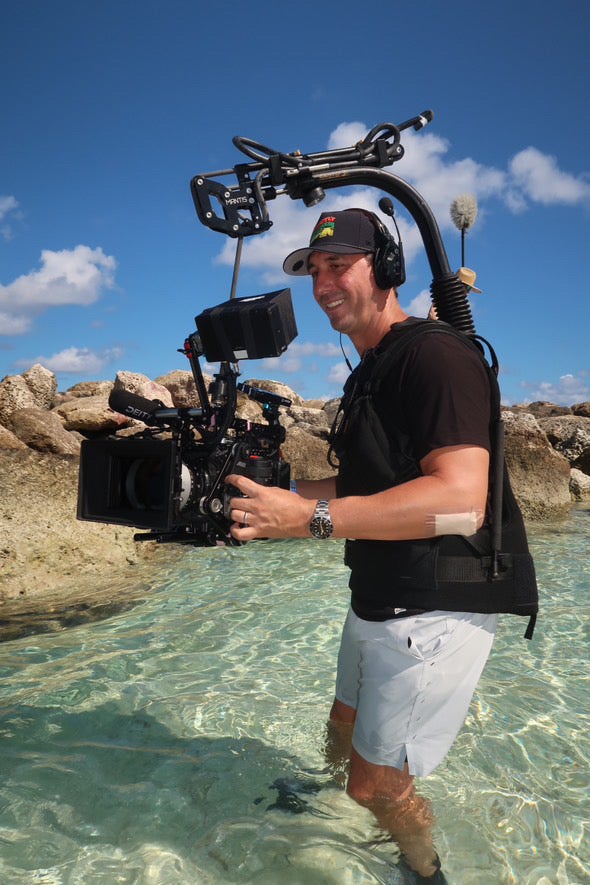
Before he found himself documenting wrestlers in Ohio and cheerleaders in Dallas, Nicholas was hopping around the Galapagos Islands. As the DP for Shark Week: Tigers in the Galapagos, the cinematographer honed that skill of discovery.
"To be there in such a foreign place, capturing real-life scientific work was pretty cool," Nicholas said. "Living on a boat, chasing down tiger sharks with the cameras."
While Nicholas focused on filming everything above water, he also worked closely with a bottom-side DP who specialized solely in underwater photography.
"You're always having to think in the moment. On your feet. You can plan as much as you want, but you have to be reactive and not scared of changing a plan."
After years abroad, Nicholas returned to the States, where he filmed commercials, standup specials, and reality TV. His work on the 2022 season of Netflix's Cheer led him to capture other Netflix series, namely Wrestlers and American's Sweethearts: Dallas Cowboys Cheerleaders.
"I've been very fortunate to get to work in TV shows with directors and creative people that have found these niche communities and stories to bring to light," Nicholas said. "And getting to do that in a cinematic way is the best thing that ever happened [to me]."
"There's nothing more real than shooting real people on real stories," Nicholas said. "People respond to real human stories more than anything."
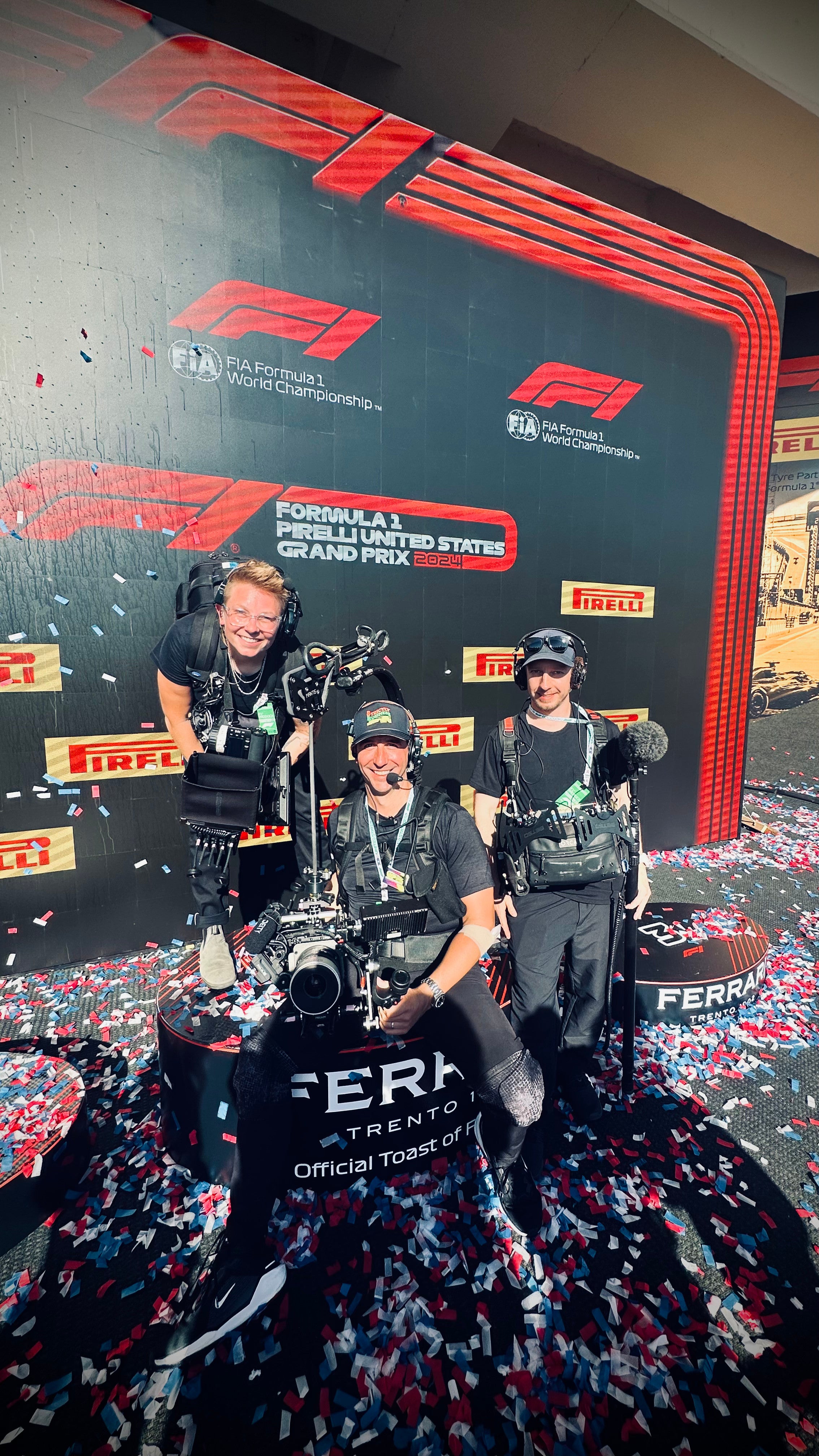
Discovering the Sony BURANO
Nicholas and his team have a fully built-out BURANO as part of their main toolkit. But choosing to rely on this camera moving forward, after working for so many years with the FX line and VENICE, came from an opportunity to work with a BURANO prototype on American Sweethearts: Dallas Cowboys Cheerleaders.
"We did get to use a prototype [of the BURANO] last year," Nicholas said. "We tried to put it through the paces as much as we could. [This included] our regular handheld work, testing out the internal stabilization, and then we put on a 1000mm lens—the Canon 1000mm to capture game footage—and then we even put a probe lens on there.
During an opening for one episode, the entire sequence relied on a combination of features only the BURANO had at the time.
"We open with an extremely tight shot of an eyeball, and (we cranked) the camera up to 120 frames a second at the 3200 base ISO," Nicholas explained. "It was a very good day to have the camera because we did a lot with it."
"It's like a VENICE and FX9 came together."
The ability to get into S&Q mode with one button was a game changer for Nicholas, especially for his current projects. Between interviews, intense action, and once-in-a-lifetime moments, the camera had to step out of the way.
"You get so used to the user interface and how quickly you can do things," Nicholas said. "We go back and forth from slo-mo all the time on our shows."
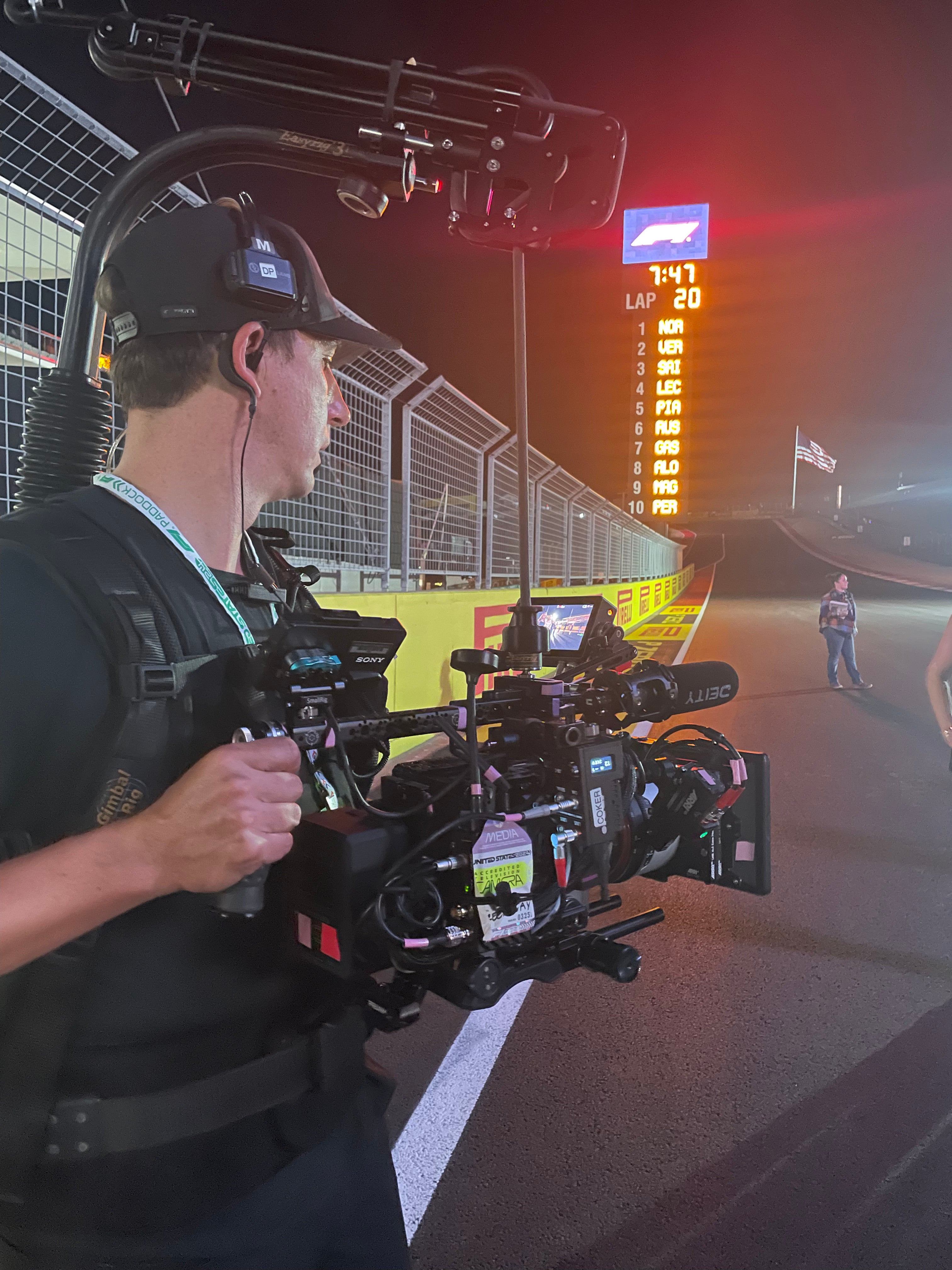
But as Nicholas said before, he has a responsibility as a storyteller. The most important thing is telling human stories, and he has invested heavily in lenses that allow him to do just that by bringing the world of portraiture to his projects.
"The type of lenses that I invested in, they're amazing for portrait work," Nicolas said. "We're telling human stories, and I get close to my subjects. To create an intimate shallow depth of field."
Nicholas has two personal sets of lenses—a rehoused set of Kowa-R Spherical Primes and a rehoused set of Minolta Rokkors. Both of these lenses, rehoused by Ancient Optics, demand a full frame sensor to provide all the character they deliver.
"To take advantage of the full scope of those primes and all the juicy bits on the sides and what makes it pretty, the full frame is a really important part of my cinematography now," Nicholas said. "And the BURANO is giving me everything that I'm asking for."
Between the variable electronic NDs and full-frame sensor, Nicholas has a tool that helps him bring the cinematic qualities he's searching for to his doc and reality work.
"I picked my lenses very specifically for their look and style and character," Nicholas said. "And there's a certain stop that I always want to be at to get that certain character."
"(I like) to be able to set that up, and all I'm doing is dialing in and out the variable ND, especially in doc," Nicholas explained. "We're going in and out of doorways, going into different light temperatures, constantly, all the time.”
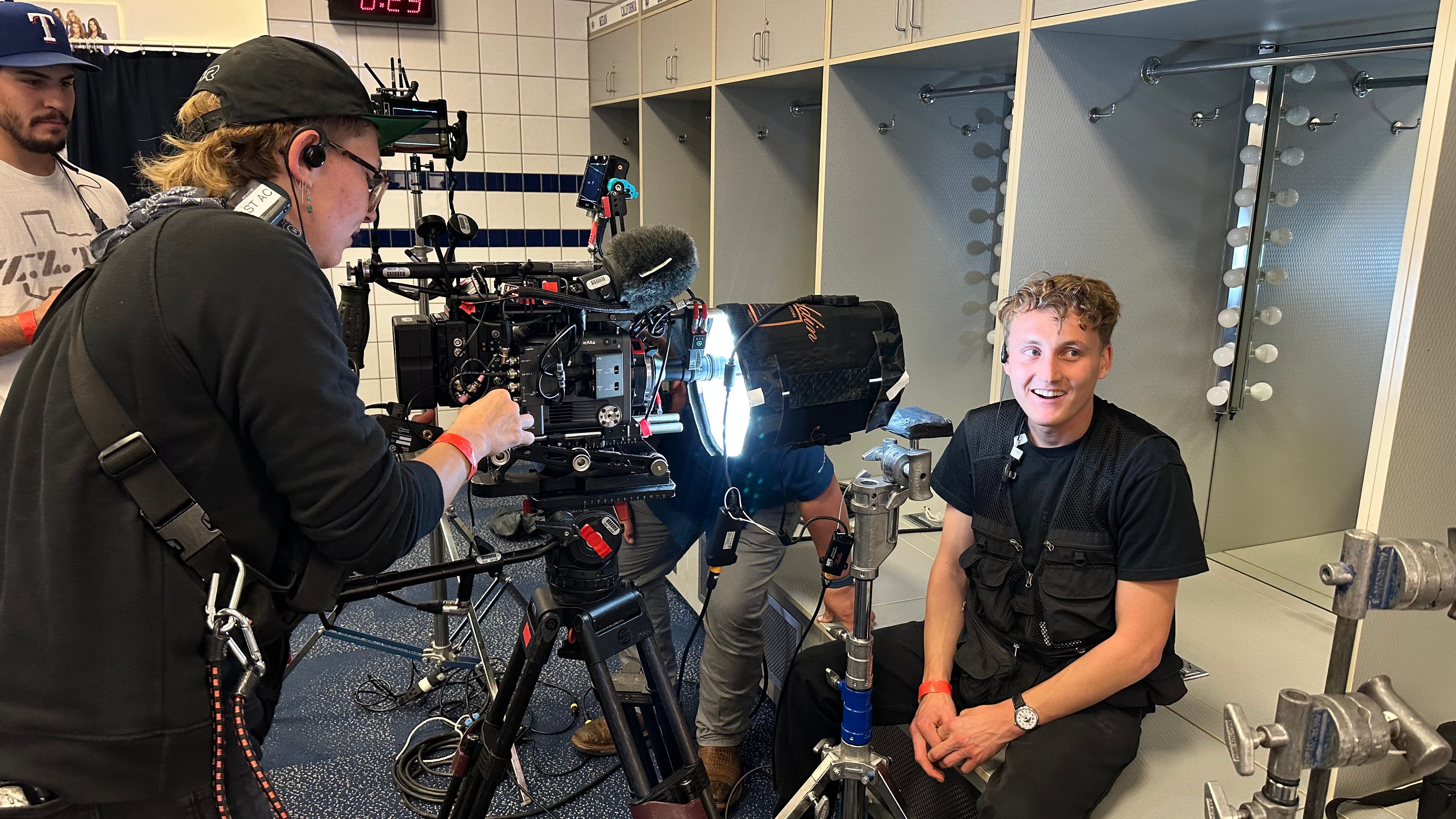
BURANO In Post-Production
The experience and workflow that Nicholas had cultivated for the past few projects also weighed on his decision to move to the BURANO. From prep to production to post, there was a well-developed pipeline that depended on the X-OCN RAW codec.
"Wrestlers was VENICE as A cam, but we covered those events with every single (camera) of the FX line," Nicolas shared. "We had two VENICEs, A and B. We had a local op that would come in for Thursday night matches—She's on FX9. Another FX9 is locked off wide on the arena. And then we have FX6s, also lock offs, and an FX3 rigged above the ring, on a 14mm, locked off."
"We have the entire Sony DNA working together, and in post, that makes it so much easier," Nicholas continued. "The X-OCN LT accomplishes everything we need it to, and it colors beautifully in post."
Having the X-OCN LT right in the BURANO made the shift to a lightweight camera an easy choice, not only because it was a lighter load on the editors but also on Nicholas and his shooters.
"We are rigged in our Easyrig vests for sometimes hours at a time," Nicholas explained. "And the more lightweight you can make [the camera], the longer I can go and the less breaks I have to take to where I just don't miss anything."
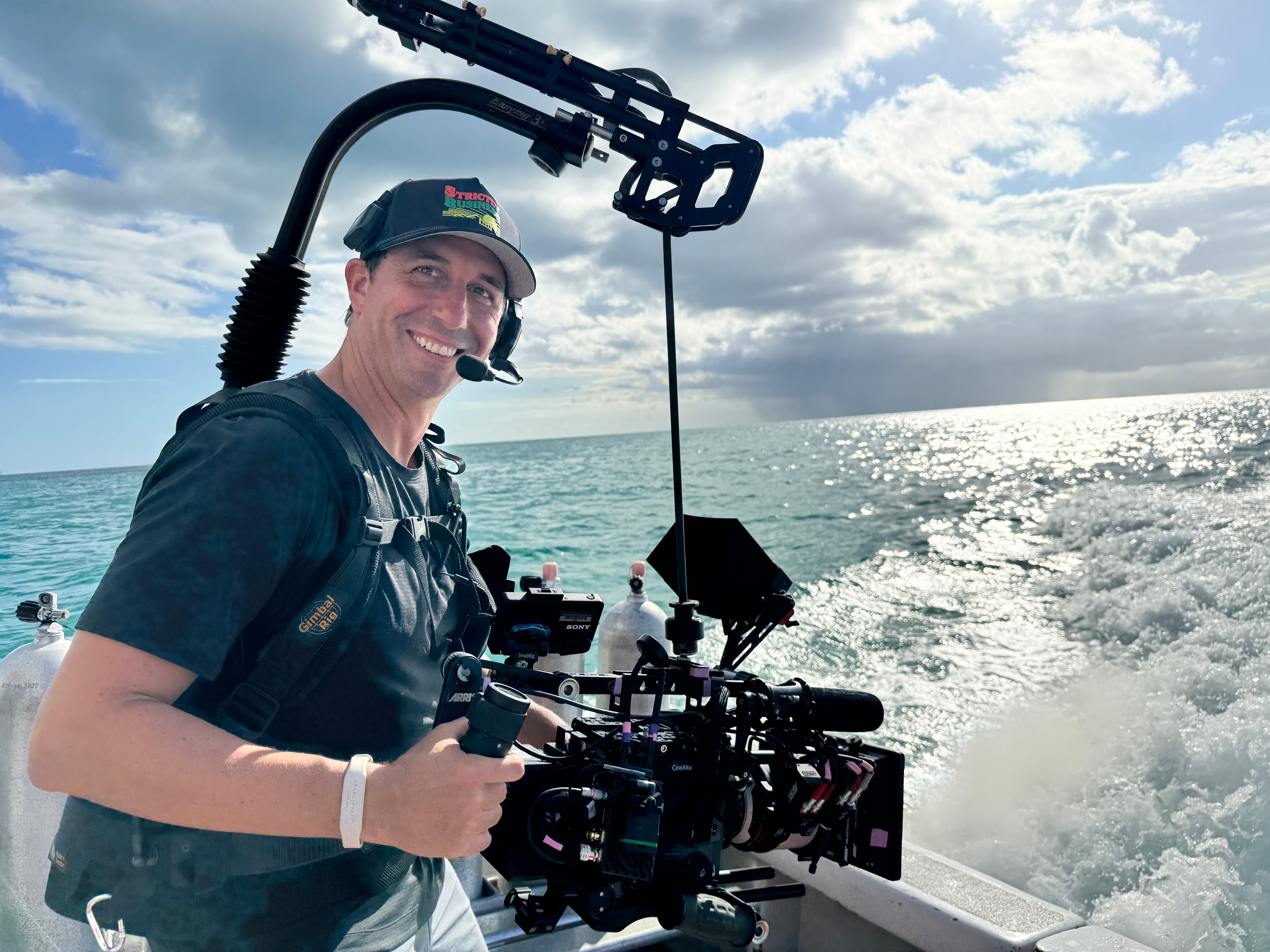
There's a reason cinematographers choose bigger cameras for certain projects. There are times when extra accessories, different resolutions, and dynamic range response are required. When shooting other low-budget work, these are things that Nicholas missed from his toolkit.
"I've done a couple of pilots that were low budget, and I went to shoot on an FX6," Nicholas added. "In the end, you do feel a difference when you don't have your big boy camera. With accessories and image quality and digging into shadows and High ISO bases."
"There's a reason we picked those cameras."
But the BURANO is the best of both worlds, something Nicholas can use in place of an FX camera or a VENICE.
"In the instances of just needing a lot of coverage, post never wants to look back, and I don't think I do either because they're so happy with how streamlined (the BURANO) is.
"The X-OCN LT is what we shot on VENICE anyways, so we already had built into the BURANO what we already use," Nicholas said. "There wasn't really actually a difference from changing from a more expensive camera to the BURANO."
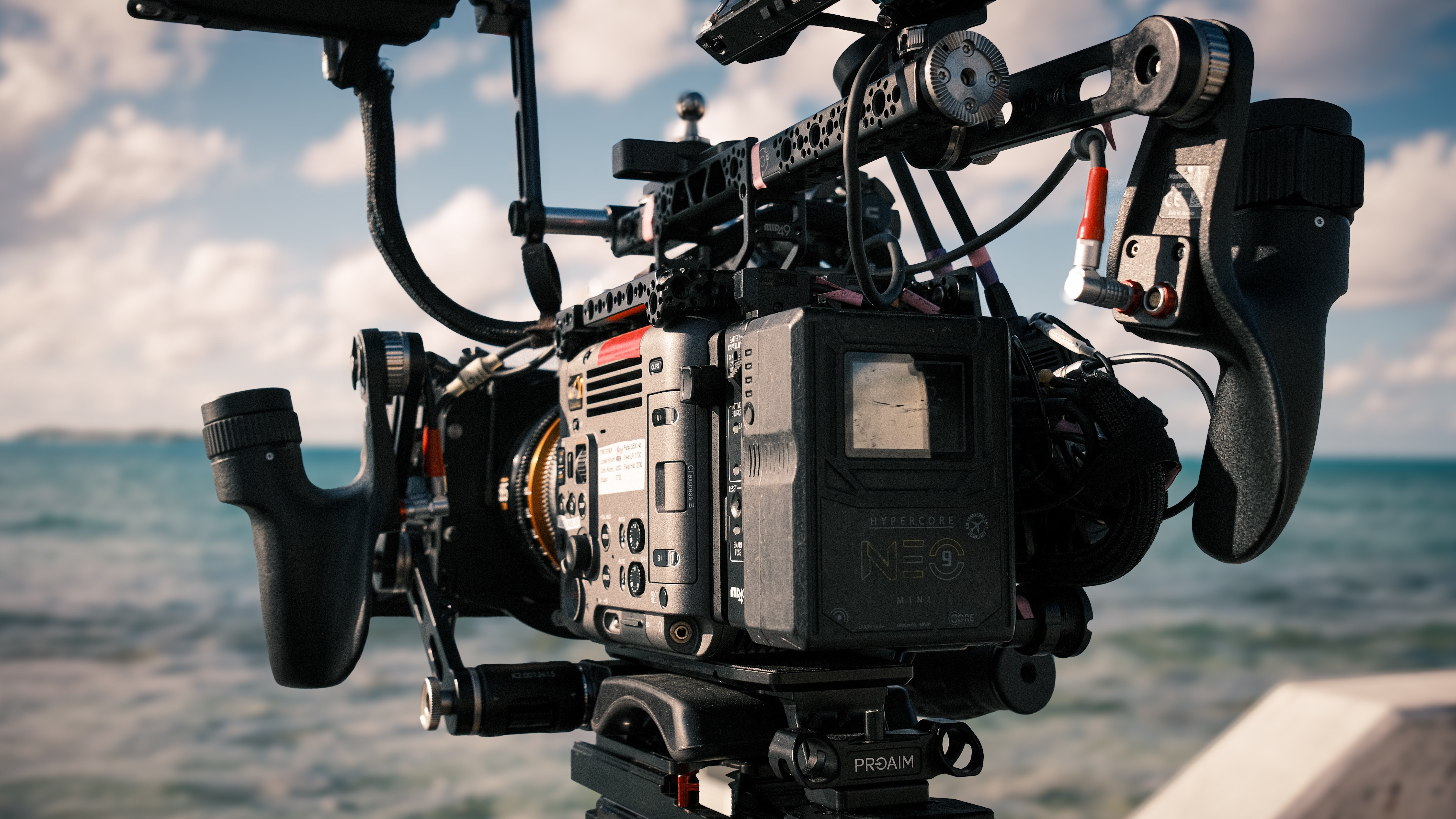
Using the BURANO to Push Boundaries in Storytelling
Nicholas is a cinematographer who finds his niche telling human stories. His unique style is built upon years of capturing once-in-a-lifetime moments, and he strives to elevate the look of all the projects he works on. But the ability to innovate starts with his tools.
"As a documentarian, my goal is always to make the most sleek, cinematic, but light, streamlined camera builds," Nicholas said. "And over the years, I've slowly brought that package together. I think I damn near made a perfect doc package [with the BURANO].
"It's all gotten smaller, more efficient, which lets us do our job. I could go longer, get more content, and have gas in the tank to keep going for a full day."
As Nicholas preps for a new season and future projects, I think back on his time around the ring, on the field, and on the water. His career has led him to unique communities with unique stories, and it's clear that responsibility is in the right hands. With the BURANO, his hands are now also well-equipped.
To learn more about the versitility of the Sony BURANO, check out this article: DP Michael M. Pessah, ASC Showcases the Scalability of the Sony BURANO with Stopwatch
